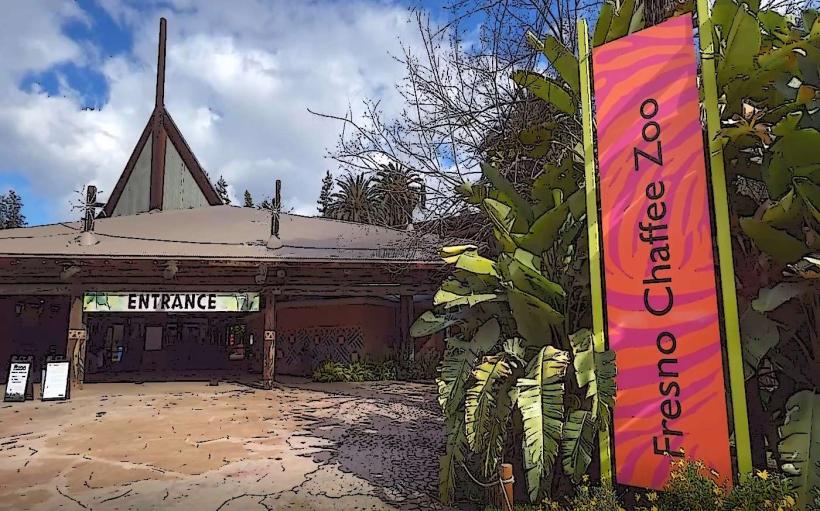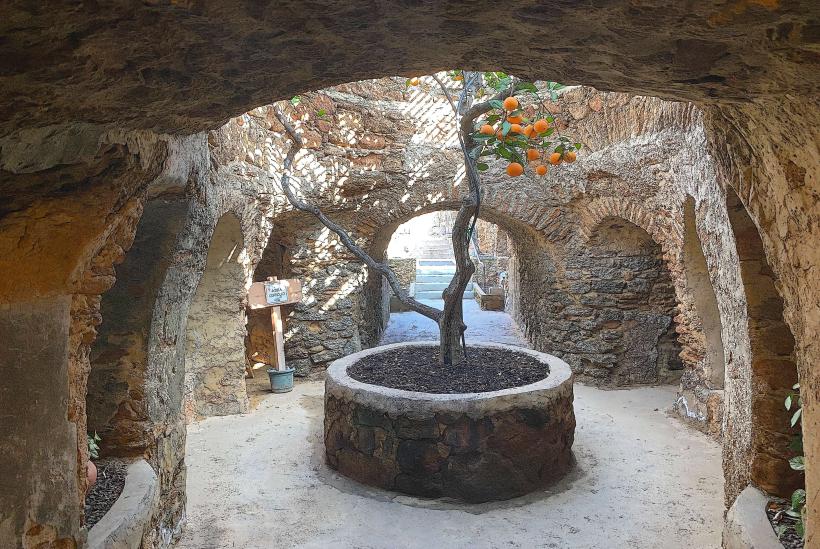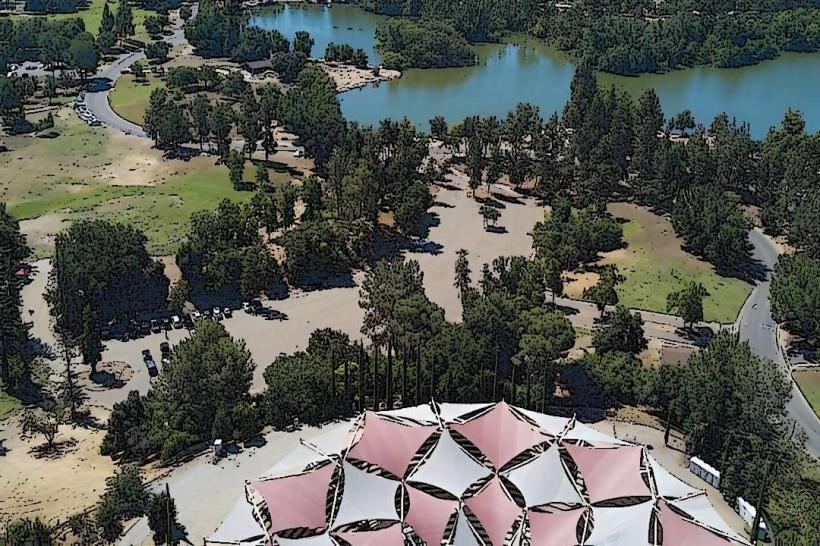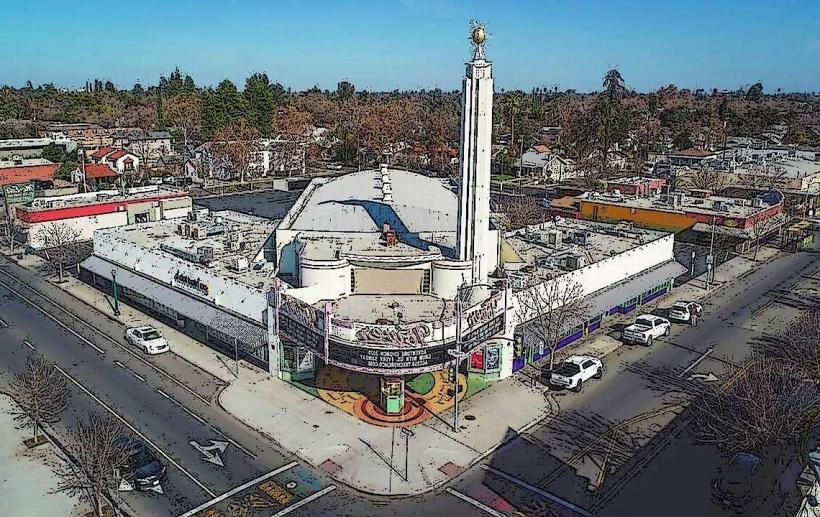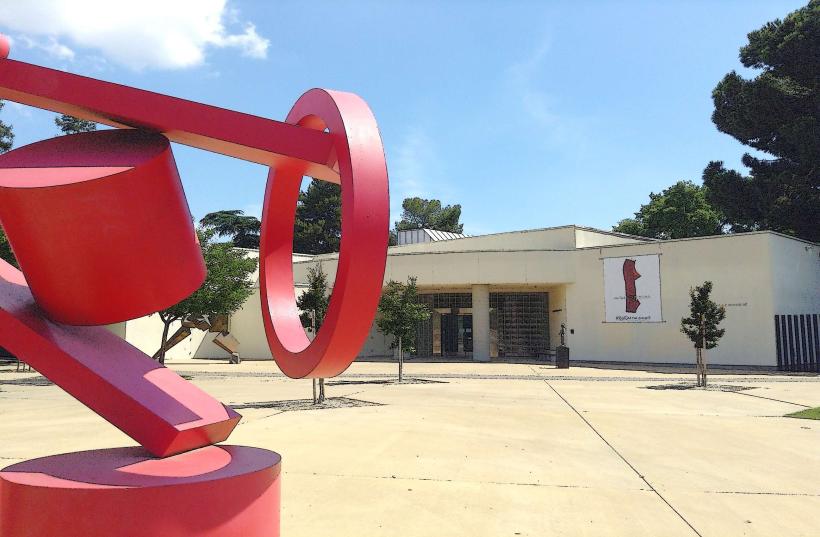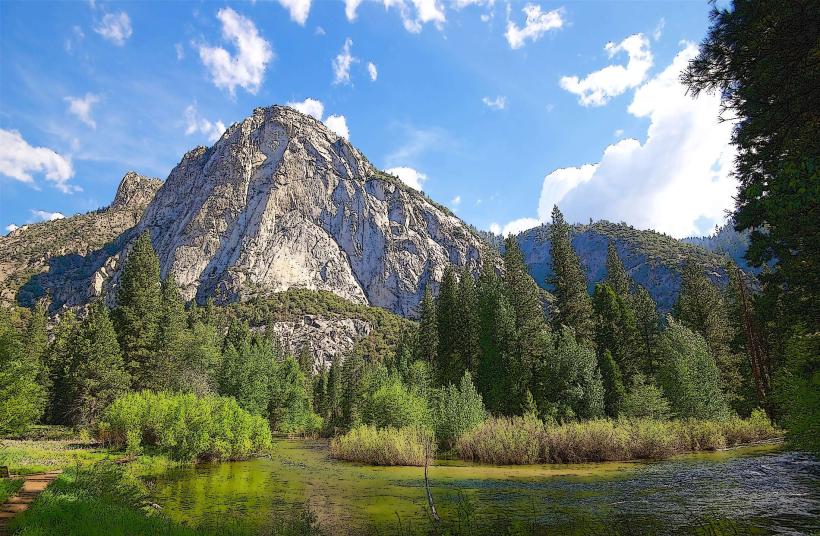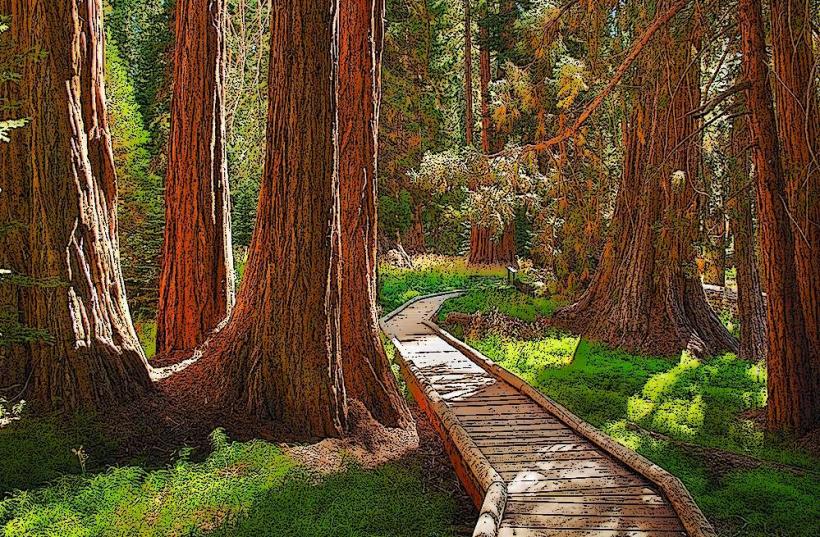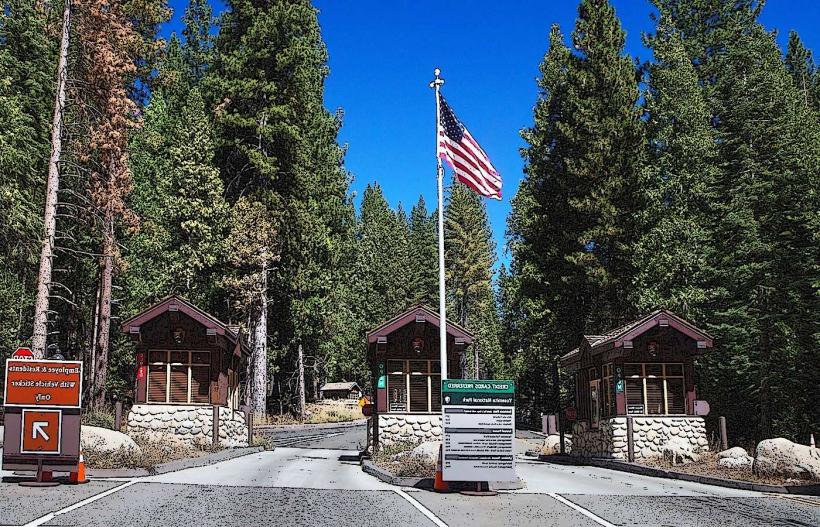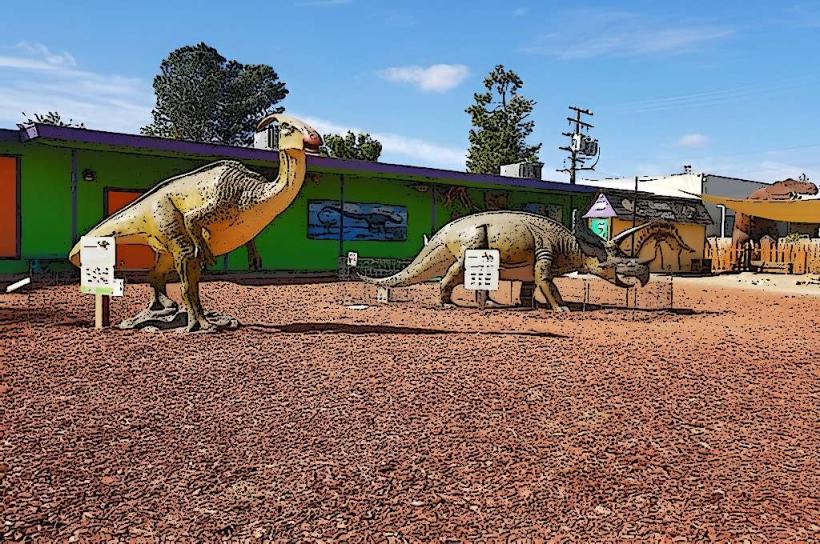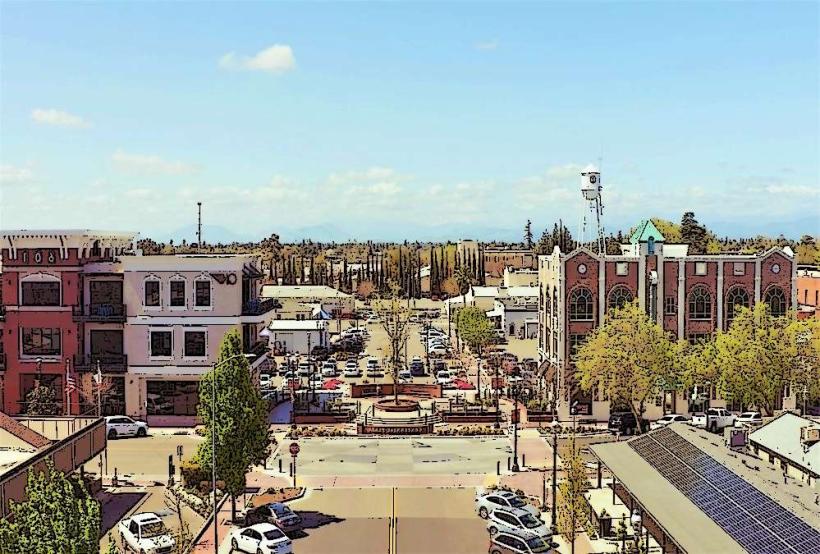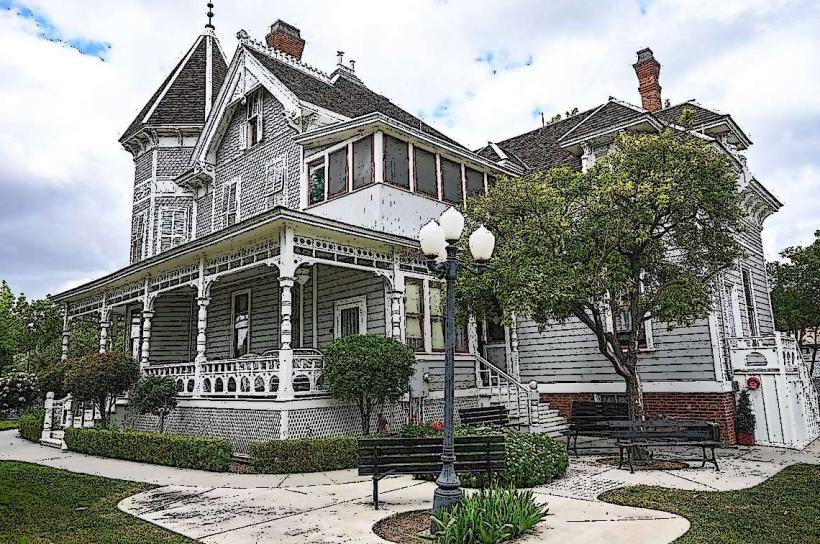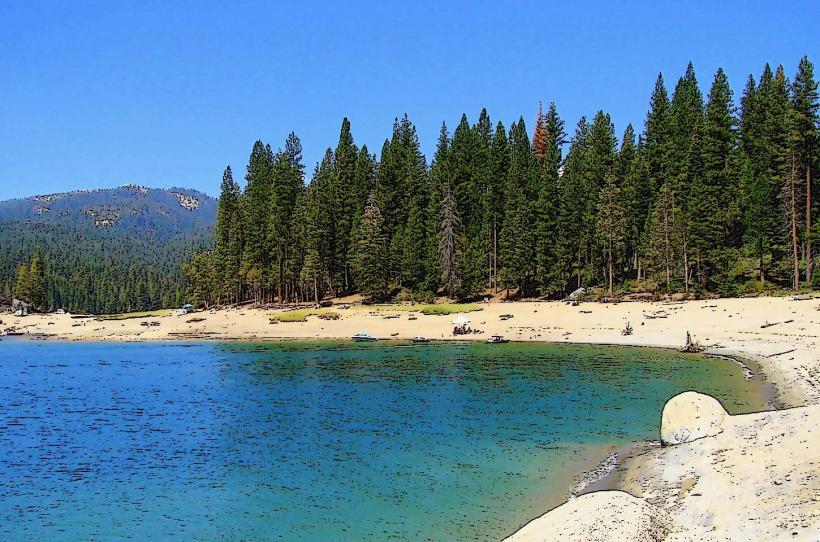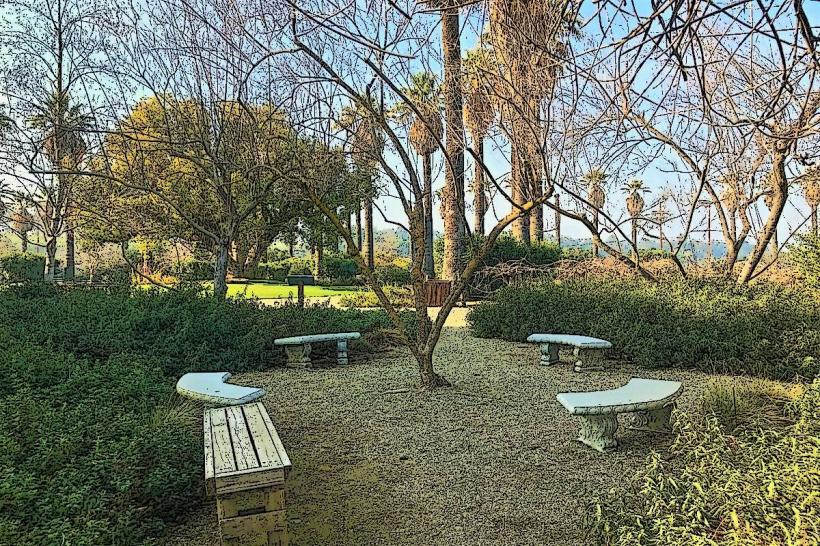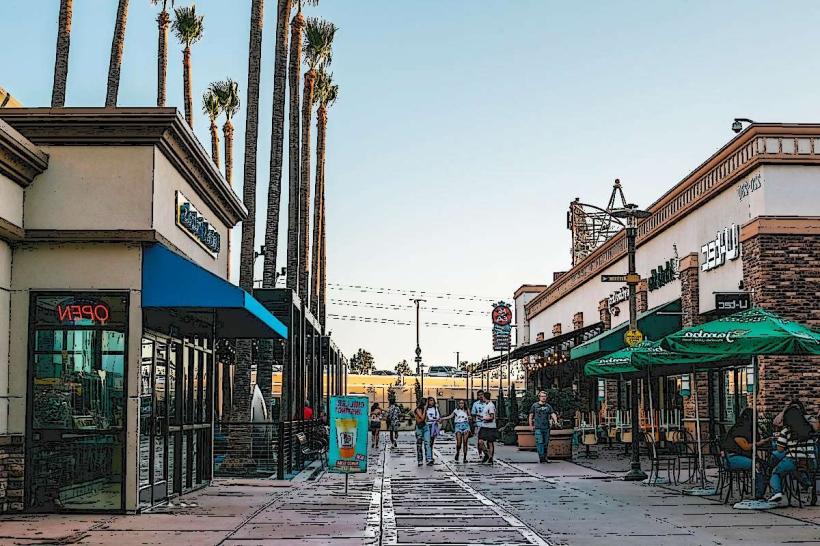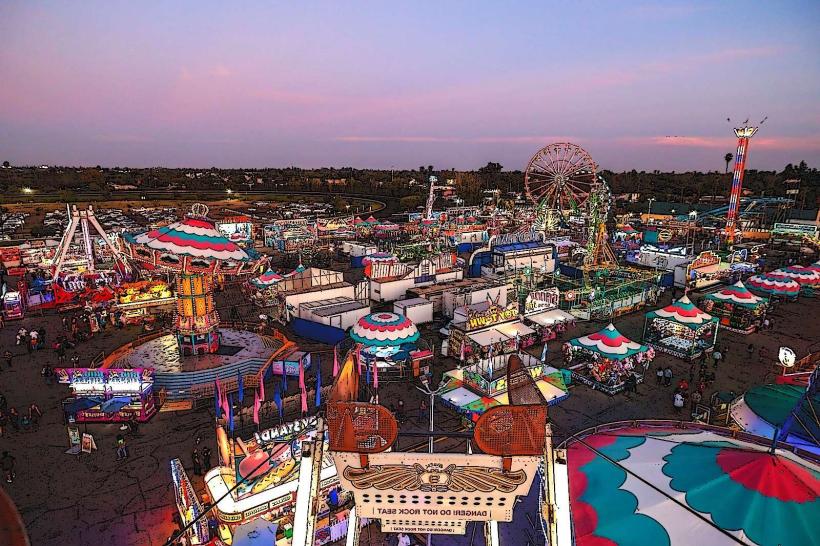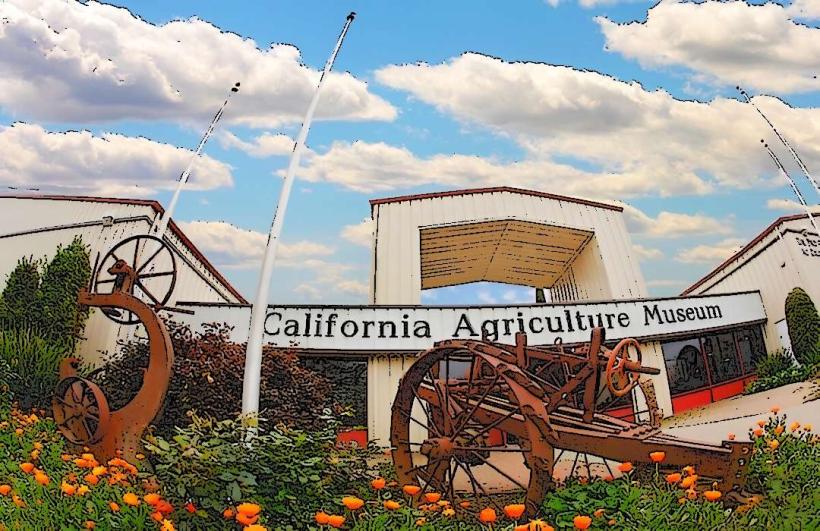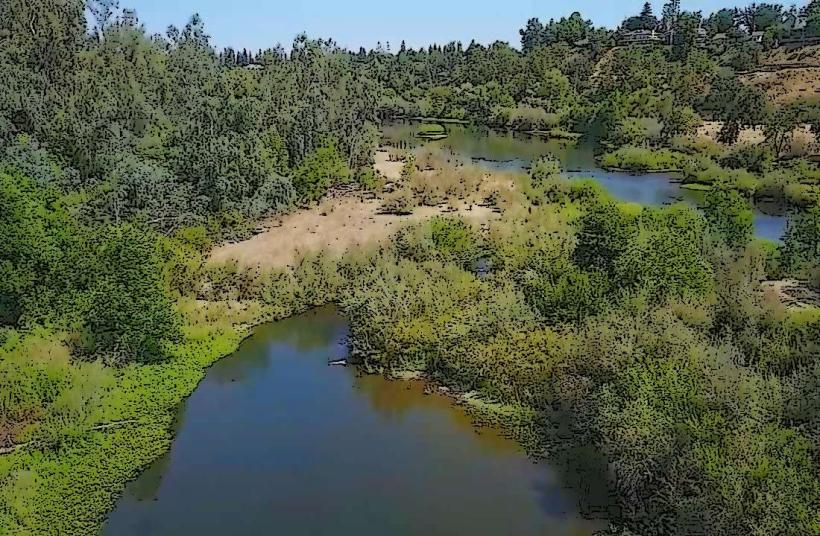Information
Landmark: Kearney Mansion MuseumCity: Fresno
Country: USA California
Continent: North America
Kearney Mansion Museum, Fresno, USA California, North America
The Kearney Mansion Museum, located in Kearney Park near Fresno, California, is a historic landmark that offers a deep dive into the agricultural heritage of the region, as well as the life and vision of its founder, Martin Theodore Kearney. Here is a detailed exploration of the mansion’s history, architecture, cultural significance, and current role:
1. Historical Significance
Founder: The mansion was built by Martin Theodore Kearney (1842–1906), a prominent figure in California’s agricultural history. Known as the “Raisin King,” Kearney was instrumental in the development of the raisin industry, which transformed the Central Valley into a major agricultural hub.
Fruit Vale Estate: Kearney established the Fruit Vale Estate in 1883, a 6,800-acre agricultural colony designed to promote cooperative farming. The estate was meant to provide opportunities for middle-class farmers, with land being sold at affordable prices.
The Mansion's Role: The Kearney Mansion was initially built in 1903 as Kearney’s residence on his agricultural estate. It was intended to be part of a larger planned estate, but Kearney's vision was never fully realized due to financial constraints. However, the mansion remains as a symbol of his ambition to create a model farming community.
2. Architectural Features
Design: The mansion was constructed in the French Renaissance style, which was popular during the early 20th century. The style was characterized by steep, high-pitched roofs, dormer windows, and elaborate ornamentation, which were meant to evoke the grandeur of French châteaux.
Materials: The mansion was built using local adobe bricks that were thickly plastered, making it not only structurally resilient but also well-suited for the hot, dry climate of the Central Valley. The building’s thick walls kept the interior cool during the summer months, an important feature given the region’s extreme temperatures.
Layout: The mansion includes a main residence and servants' quarters, with a total of 10 rooms. The main living areas were designed to reflect the lavish lifestyle Kearney hoped to achieve. The interior features high ceilings, ornate fireplaces, and imported French wallpapers. Much of the original furniture and decor has been preserved.
Landscaping: Surrounding the mansion is the beautifully landscaped Kearney Park, which was also developed during the same period. The park features walking paths, large shade trees, and open spaces, making it a popular spot for visitors today.
3. The Museum Today
Museum Functions: After Kearney’s death, the mansion changed hands and was eventually acquired by the Fresno County Historical Society. It was converted into a museum to preserve the region’s agricultural history and the legacy of Martin Kearney.
Exhibitions: The museum offers a range of exhibits focusing on local history, agriculture, and Kearney’s personal legacy. One of the key exhibits includes artifacts related to the raisin industry, which Kearney helped develop. The museum also hosts special exhibits related to the region’s cultural history.
Public Programs and Events: Throughout the year, the museum hosts educational programs, such as guided tours, living history events, and agricultural demonstrations. These programs aim to engage visitors with the rich history of the Central Valley’s development, particularly its agricultural roots.
4. Kearney Park
Size and Design: Kearney Park spans over 225 acres, making it one of Fresno’s largest public parks. The park was designed by landscape architect Rudolph Ulrich, who envisioned it as a public park with wide boulevards lined with trees. The park still retains many of these original features today.
Public Use: The park is used for various community events, including festivals, picnics, and recreational activities. It’s also home to multiple sports fields, walking trails, and open areas for relaxation.
5. Notable Features and Attractions
Shinzen Japanese Garden: Located within the park, this serene garden offers a peaceful retreat with koi ponds, bridges, and traditional Japanese garden elements.
Special Events: The park and mansion are frequently used for special events, including Civil War reenactments, historical fairs, and educational programs about the region’s history.
Private and Group Tours: The Kearney Mansion Museum offers guided tours for groups, including schools and private organizations. These tours are designed to teach visitors about the mansion’s history, Martin Kearney’s influence, and the development of the Fresno area.
6. Preservation Efforts
The Fresno County Historical Society oversees the preservation of the Kearney Mansion and works to maintain the estate in a way that honors its historical significance.
Restoration Projects: Over the years, the mansion has undergone several restoration projects to preserve its original features, including its distinctive French Renaissance architecture and its furnishings.
The park and mansion are considered one of the most significant historical landmarks in Fresno County, and efforts continue to ensure that future generations can experience the mansion’s legacy.
7. Visitor Information
Admission Fees: The museum typically charges an entrance fee for guided tours. Specific fees can vary, but they are usually affordable for individuals and families.
Hours of Operation: The mansion is open to the public on certain days for tours, typically Friday to Sunday, and is closed on major holidays.
Educational Programs: The museum offers special programs for schoolchildren, with a focus on California history, agriculture, and the role of individuals like Martin Kearney in shaping the region.
Location: The Kearney Mansion Museum is located at Kearney Park, just off Kearney Blvd, making it easily accessible for visitors from Fresno and the surrounding areas.
In Summary, the Kearney Mansion Museum is a vital part of Fresno’s historical and cultural fabric. It offers visitors a chance to explore the life of a key agricultural figure, Martin Theodore Kearney, and understand the development of the Central Valley as an agricultural powerhouse. With its historical exhibits, architectural beauty, and role as a community hub, the Kearney Mansion remains an enduring symbol of the region’s rich heritage.

